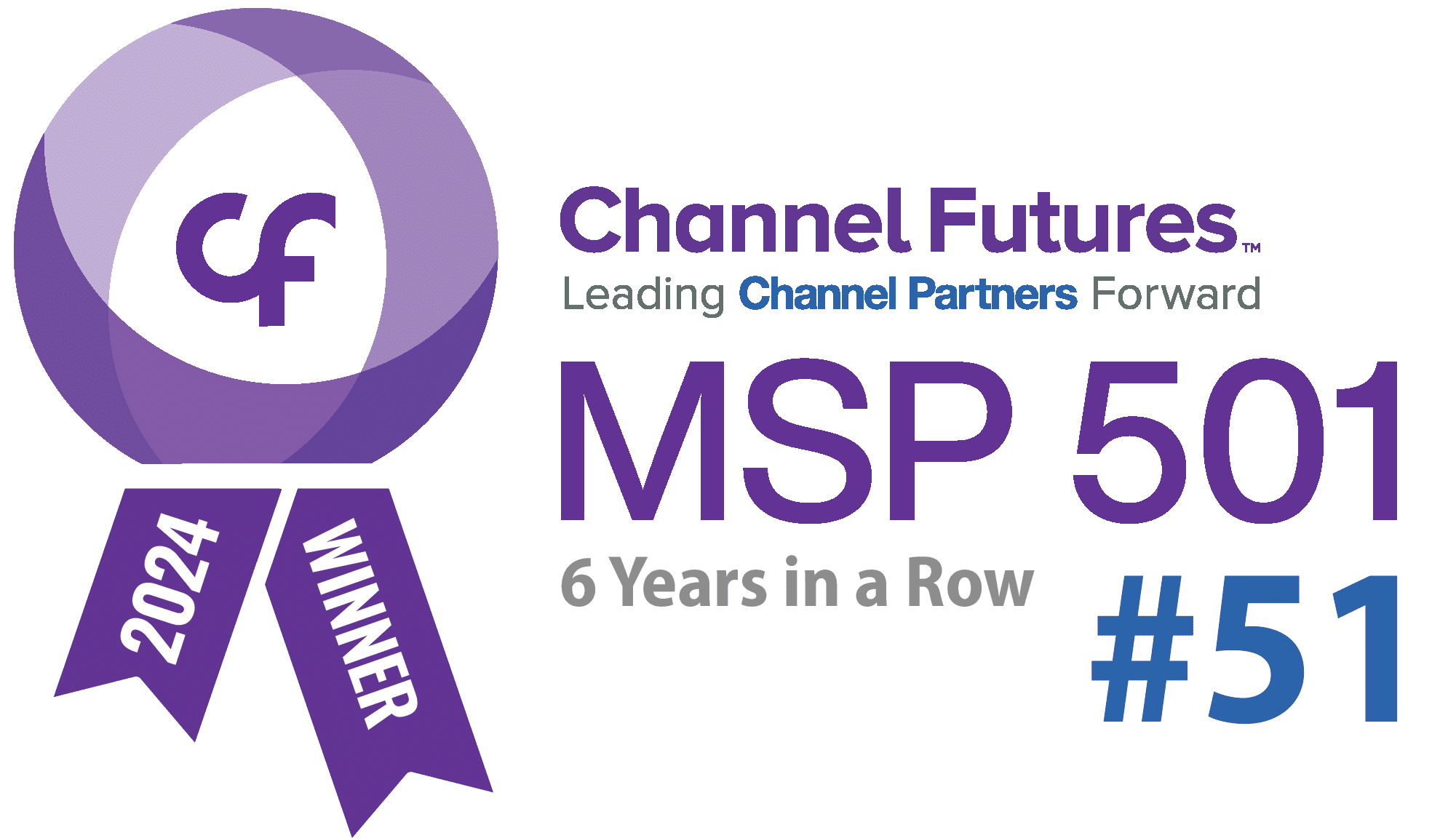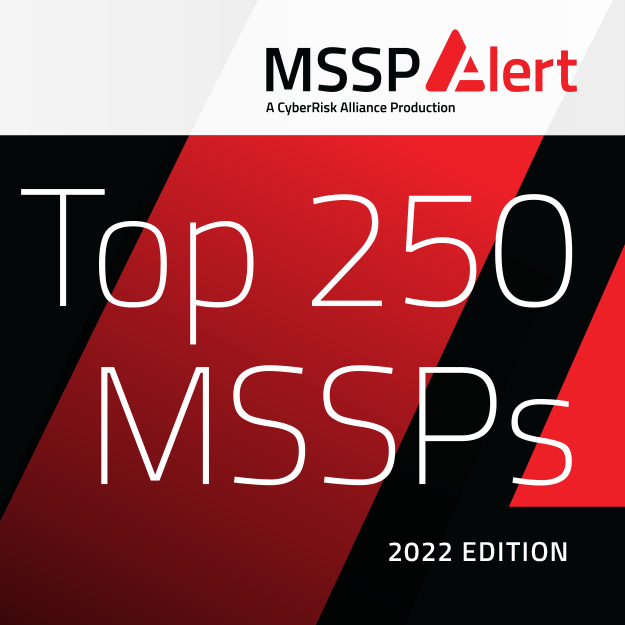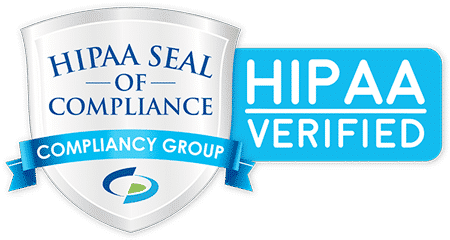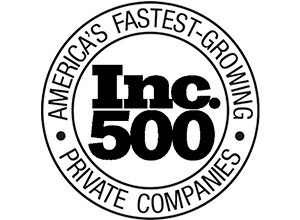Wow! Hospital Computer Systems are Making a Huge Impact!

Hospitals are increasingly using computers to help with various tasks, from patient care to administrative duties. Many hospital computer systems us electronic health records, allowing easy care coordination between doctors and other healthcare providers. Computers can also schedule appointments, track lab results, and manage billing and insurance information. In addition, computers can be a valuable […]
Computer Application in Healthcare

Technology has had a tremendous impact on many aspects of our lives. One such field is healthcare, which has benefited immensely from computer applications in various ways. In this blog post, we’ll look at some of the technological challenges the healthcare industry has faced and how computer applications have helped improve healthcare. Stay tuned! The […]
Electronic Health Records Will Change Healthcare as We Know it!

What Software Do Most Medical Offices Use? Today, businesses must stay updated with the latest software developments to maintain their competitive edge and maximize output. This is especially significant for medical facilities, which need to employ every software type that can help them in appointment scheduling, monitoring patients’ health information, medical billing, and various other […]
Make the Best Technology Decisions for Your Business

When it comes to business, productivity and profitability are directly correlated. If your company has a high productivity rate, then chances are your company is also highly profitable. On the other hand, if your organization is not as productive, then revenue is most likely down as well. Fortunately, there are simple modifications you can do […]
The Digital Employee Experience

In today’s day and age, technology has heavily shaped our lives and businesses, particularly in the workplace. It is imperative to understand how your business allocates its time, money, and resources, particularly with technology-related issues that may arise. The digital employee experience, DEX, is an extremely valuable tool that can be used in the workplace. […]








